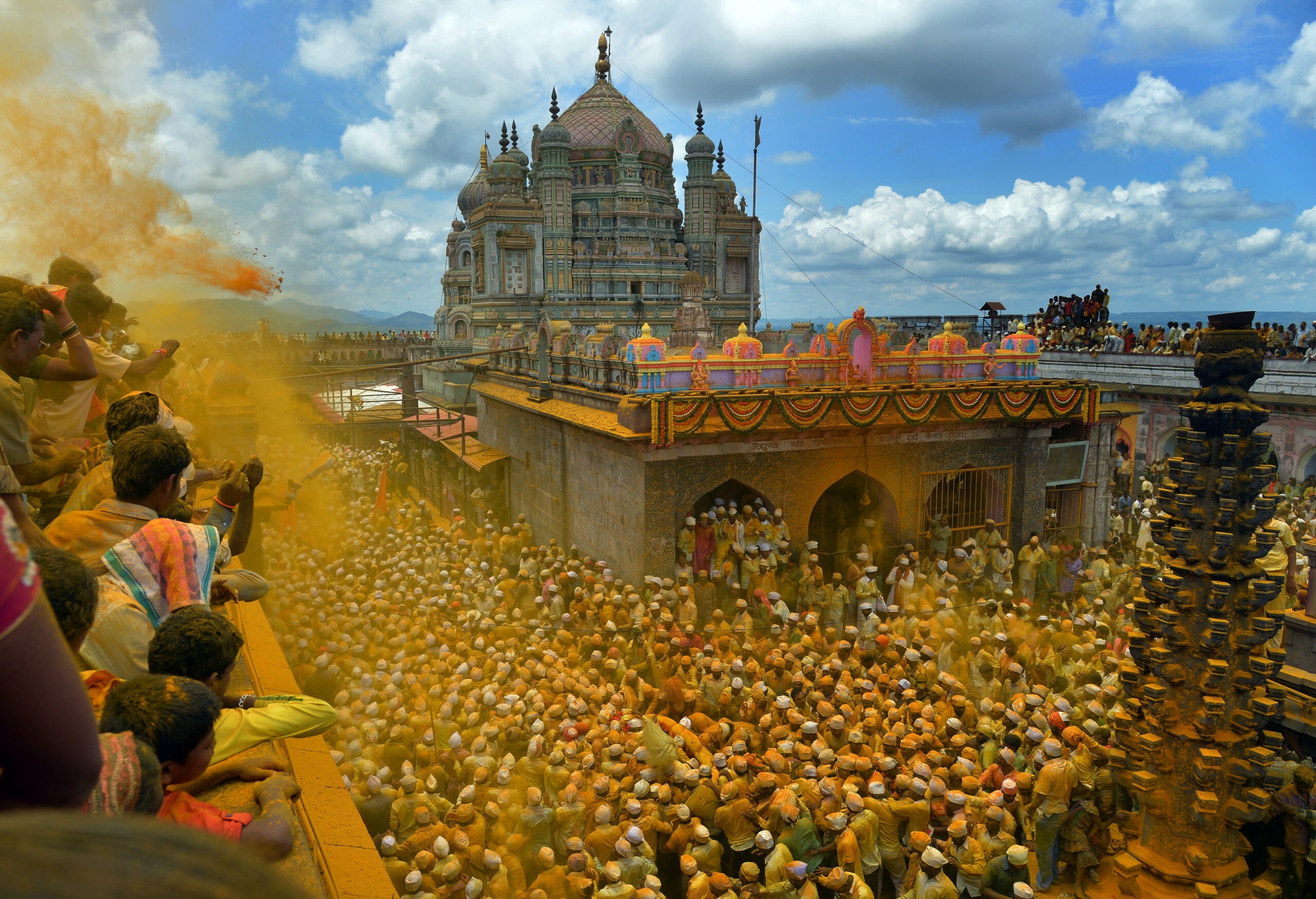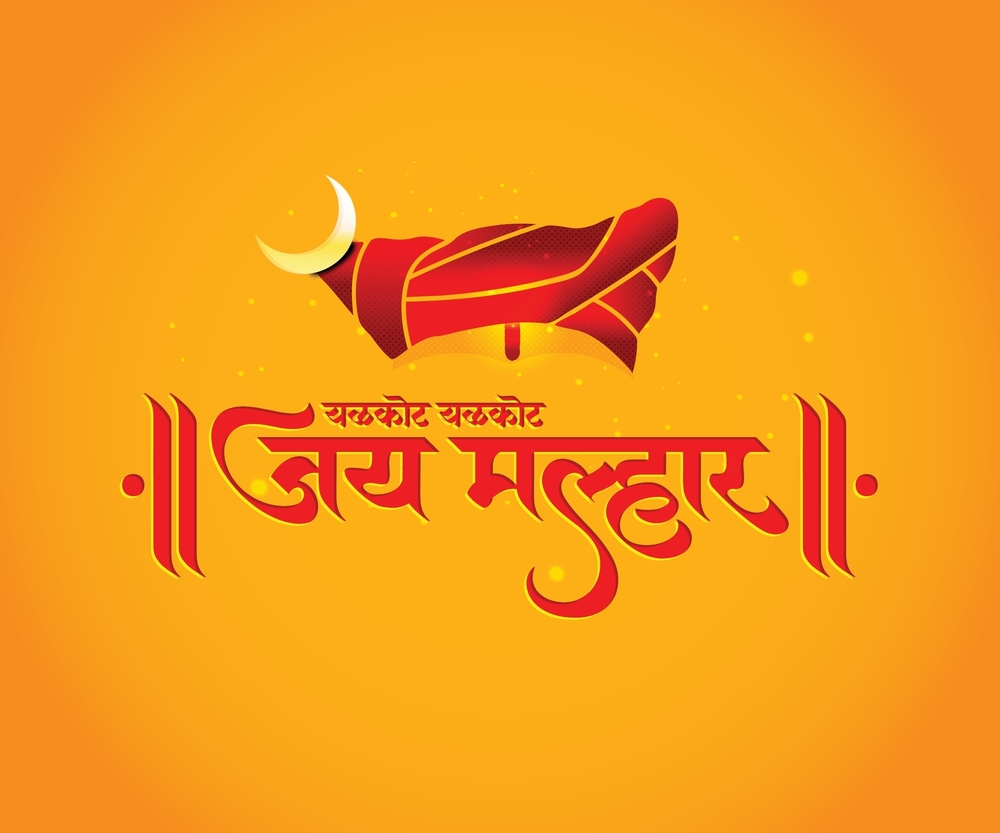
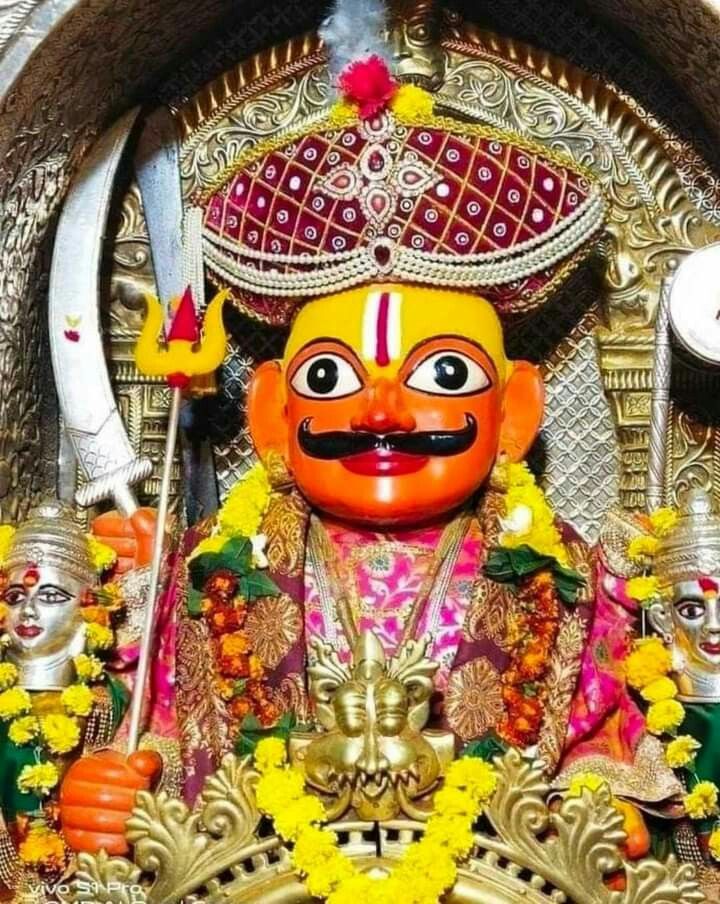
The Form and Devotion of Khandoba
Shri Khandoba, the revered deity of millions in Maharashtra and Karnataka, is known as the wish-fulfilling god who blesses devotees’ vows. Khandoba is an incarnation of Lord Shiva in the form of Bhairava, called Malhari-Martand. His worship primarily occurs over six days, from Margashirsha Shuddha Pratipada to Margashirsha Shuddha Shashti, culminating in the celebration of Champa Shashthi 2024. This day marks Khandoba’s victory over the demons Mani and Malla and his manifestation in dual-lingam form, making it a significant event in the Champa Shashthi festival.
Navratra Celebration Method
Shri Khandoba, the revered deity of millions in Maharashtra and Karnataka, is known as the wish fulfilling god who blesses devotees’ vows. Khandoba is an incarnation of Lord Shiva in the form of Bhairava, called Malhari Martand. His worship primarily occurs over six days, from Margashirsha Shuddha Pratipada to Margashirsha Shuddha Shashti, culminating in the celebration of Champa Shashthi 2024. This day marks Khandoba’s victory over the demons Mani and Malla and his manifestation in dual-lingam form, making it a significant event in the Champa Shashthi festival.

Bhandara (Turmeric Powder)
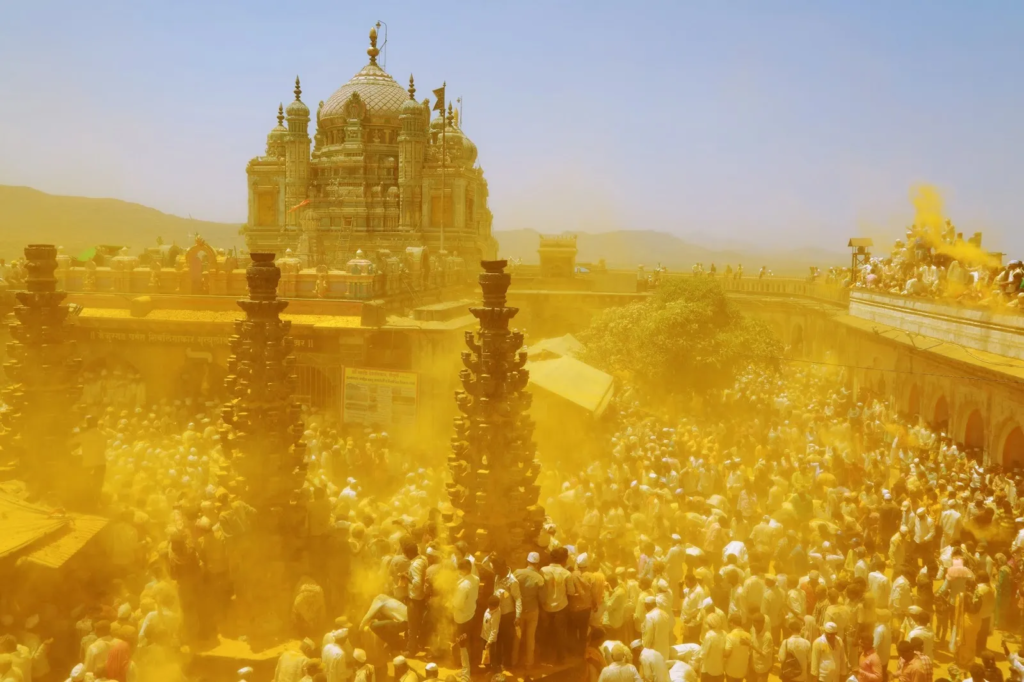
A central element of Khandooba worship rituals, Bhandara (turmeric powder) symbolizes auspiciousness and purity. The deity is adorned with turmeric along with Bel leaves, Davana, and marigold flowers. The ritual of Tali Bharne is performed with a plate containing betel leaf, coin, areca nut, turmeric, and coconut. Devotees chant “Yelkot Yelkot Jai Malhar”, expressing their devotion during the Champa Shashthi vrat katha and puja.
Icons and Symbols of Khandoba
The worship of Khandoba involves various sacred symbols and objects:
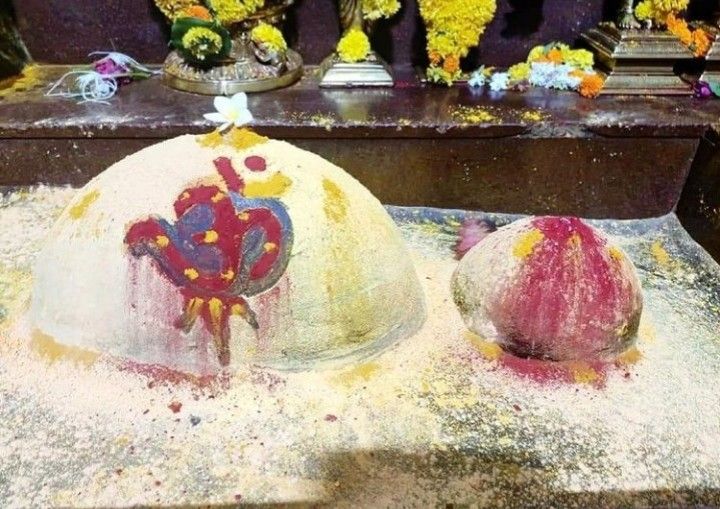
Lingam: Representing Khandoba’s self-manifested or crafted forms.

Tandala: Pointed stone structures.
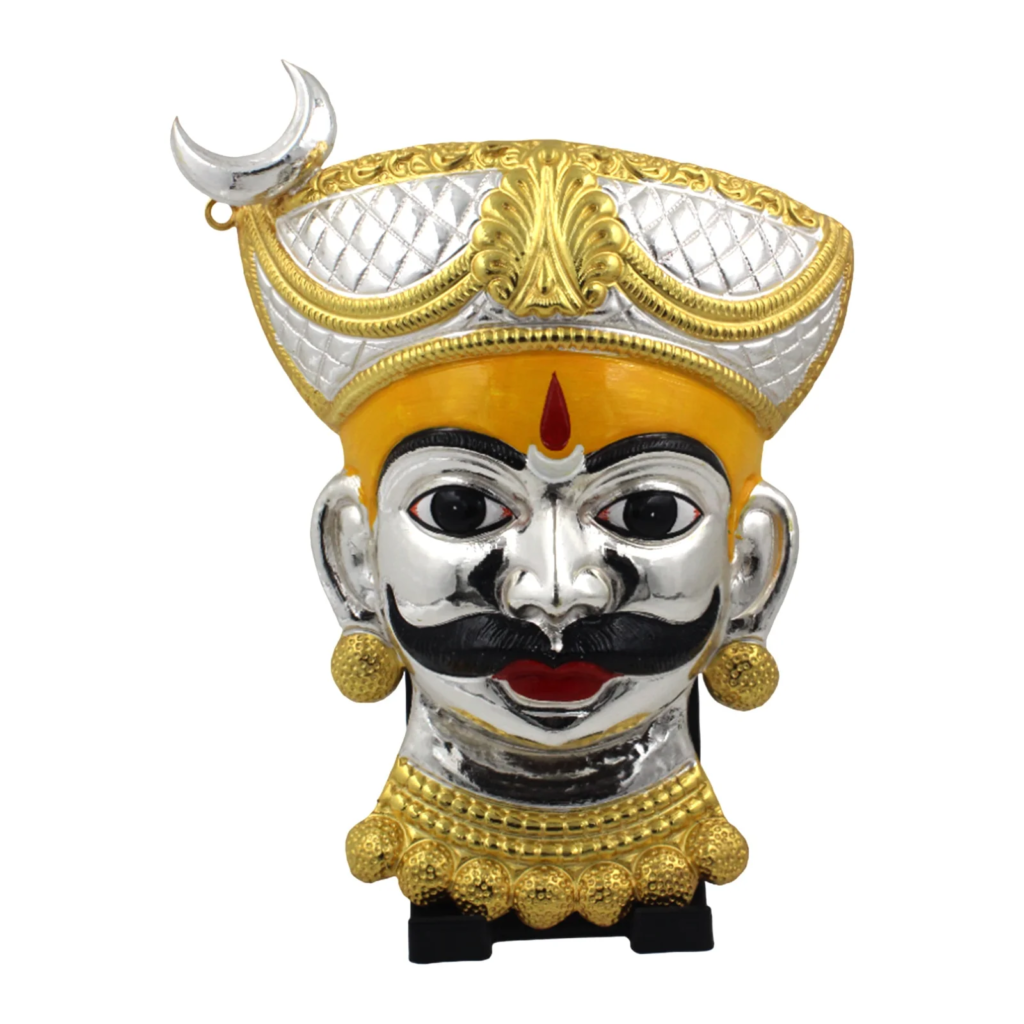
Mukhavta: Crafted in brass or fabric.
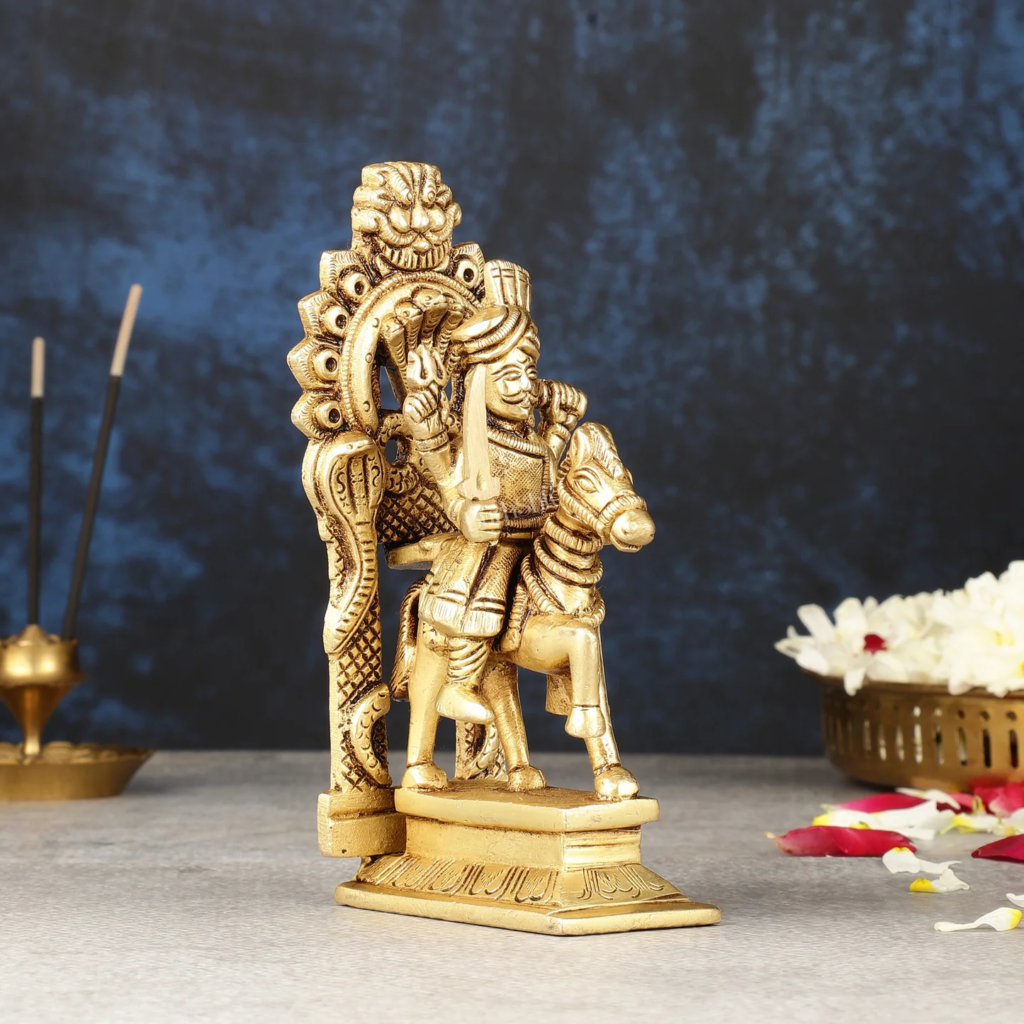
Idols: Depicted standing, seated, or mounted on a horse.
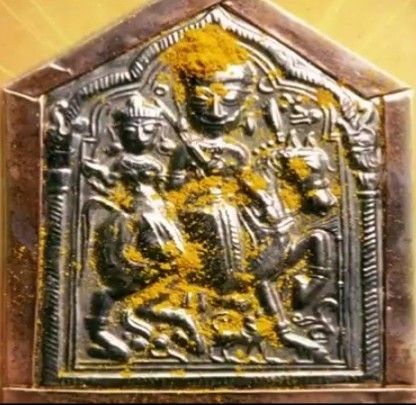
Tak (Plaque): Images carved on gold or silver plates, showcasing Khandooba and Champa Shashthi connection.
Offerings and Prasad
During Champa Shashthi, devotees prepare traditional naivedya recipes such as Puran Poli, Vangyache Bharit (eggplant dish), Bajra Roti, spring onion, garlic, yogurt, and Thombra (boiled sorghum). The offerings reflect the cultural richness of Maharashtra festivals like Champa Shashthi.
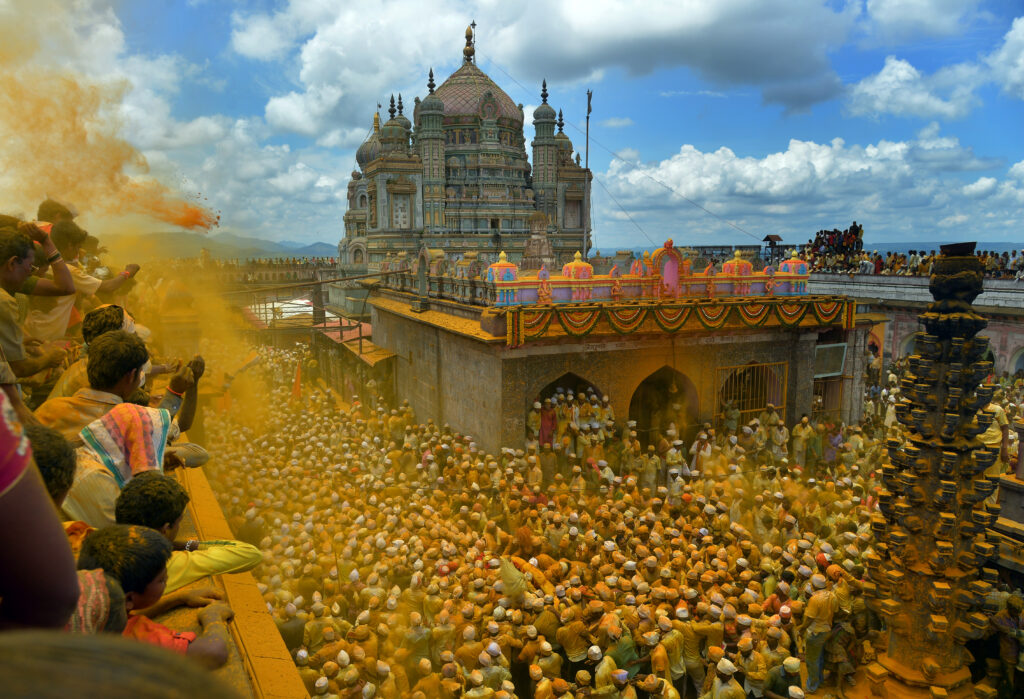
Special Vows and Rituals
Devotees fulfill vows through rituals like:
- Building Deepmala (lamp towers).
- Renovating temples.
- Offering water-filled pots to the deity.
- Performing Jagran or Gondhal, a cultural expression featuring songs by Vaghyas and Muralis.
- These practices highlight the beliefs and customs of Champa Shashthi, showcasing its profound spiritual impact.
Important Festivals and Observances
- Champa Shashthi Festival: Celebrated with grandeur, focusing on its significance and cultural traditions.
- Chaitra Purnima: Birth of Martand-Bhairav.
- Shravani Purnima: Wedding of Malhari and Banai.
- Magha Purnima: Birth of Mhalsa.
- Maha Shivratri: Honoring Shiva’s Bhairava incarnation.
- Sunday: A sacred day for Khandoba devotees.
Prominent Shrines of Khandoba
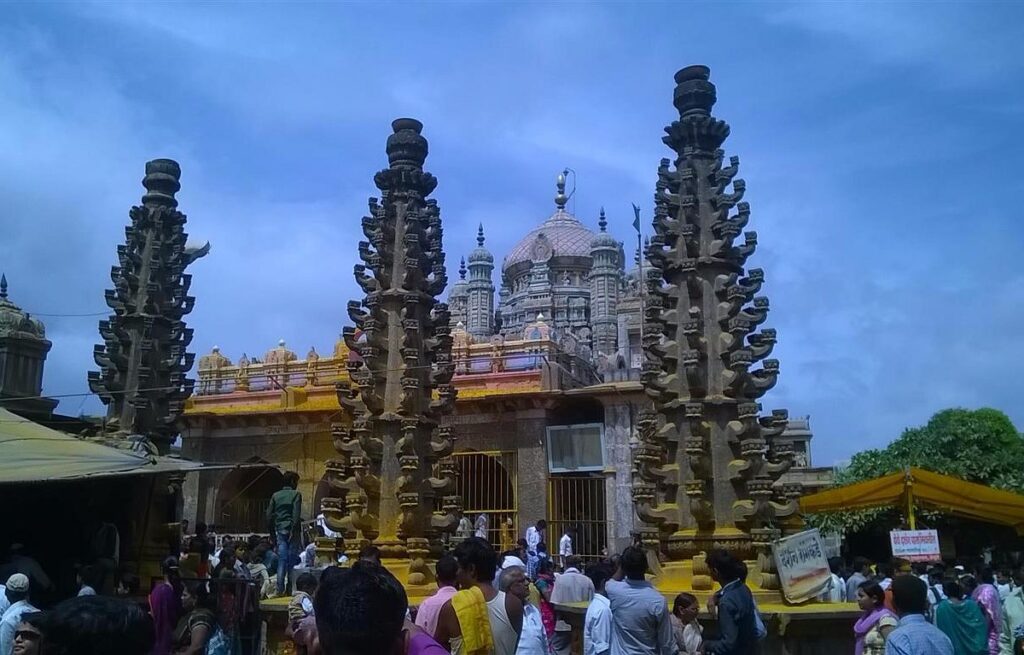
Jejuri ( Pune )
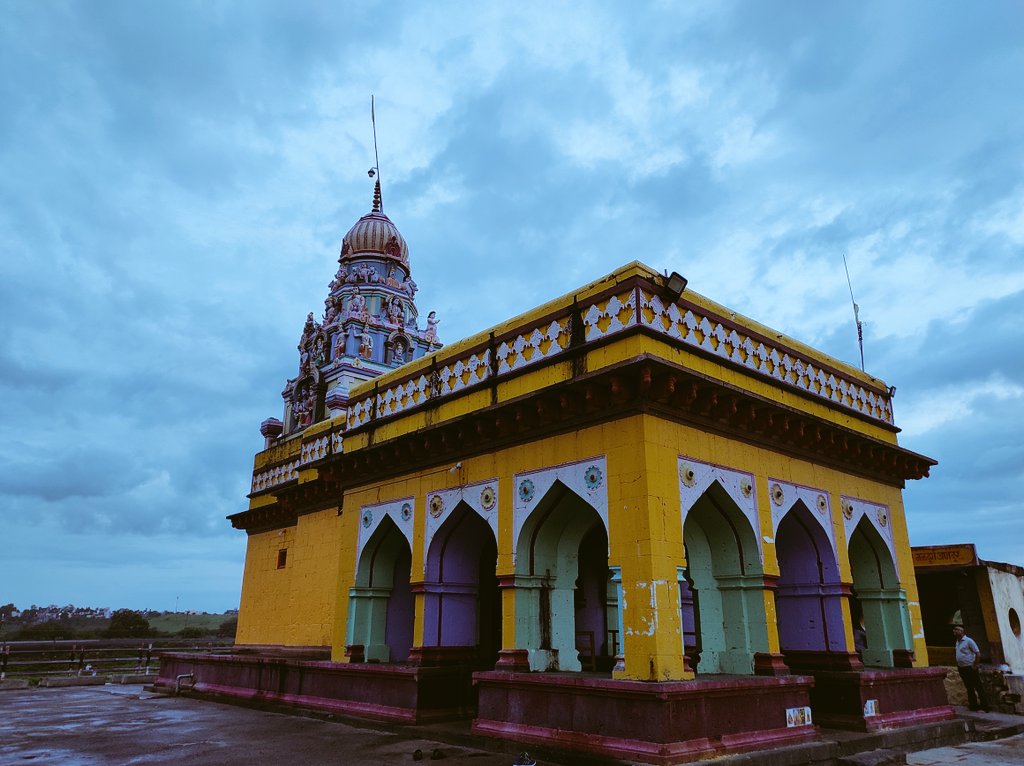
Naldurg (Osmanabad)
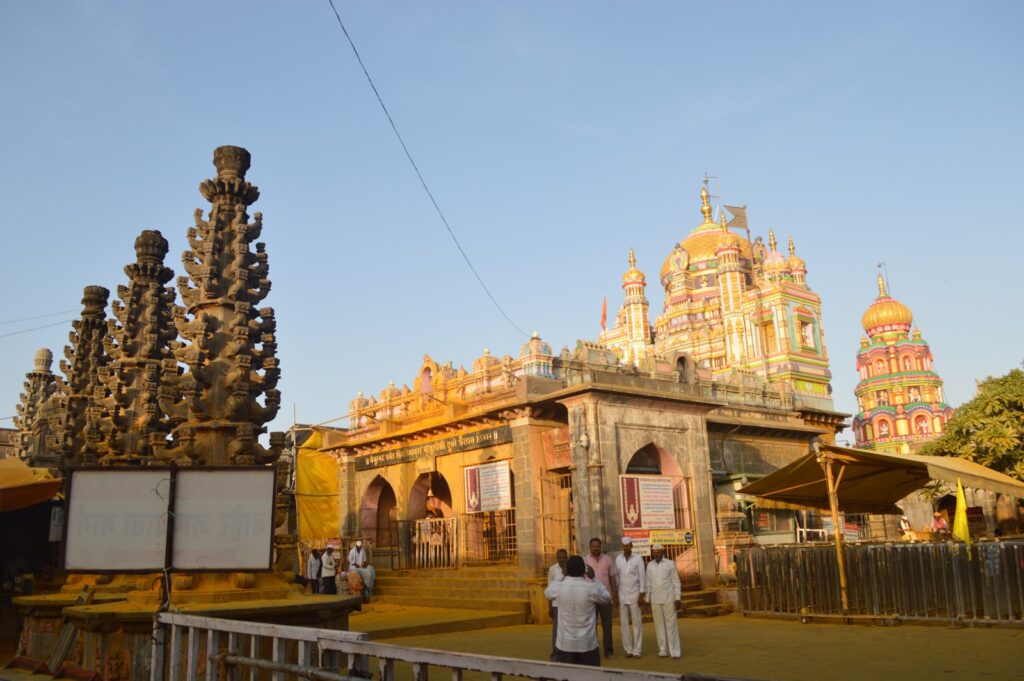
Malegaon (Satara)
In Karnataka
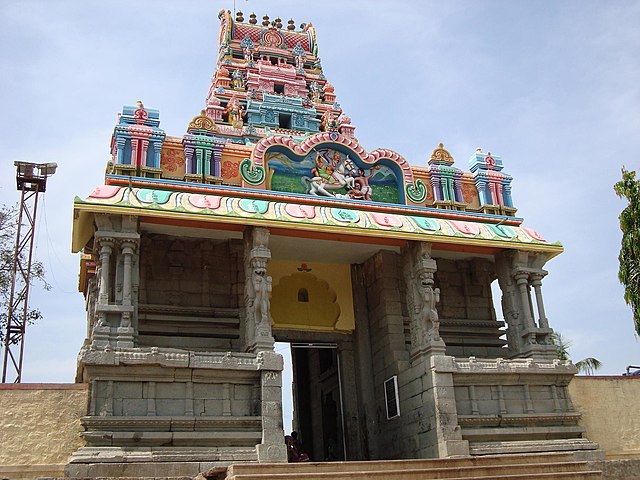
Mailarapur (Bidar)
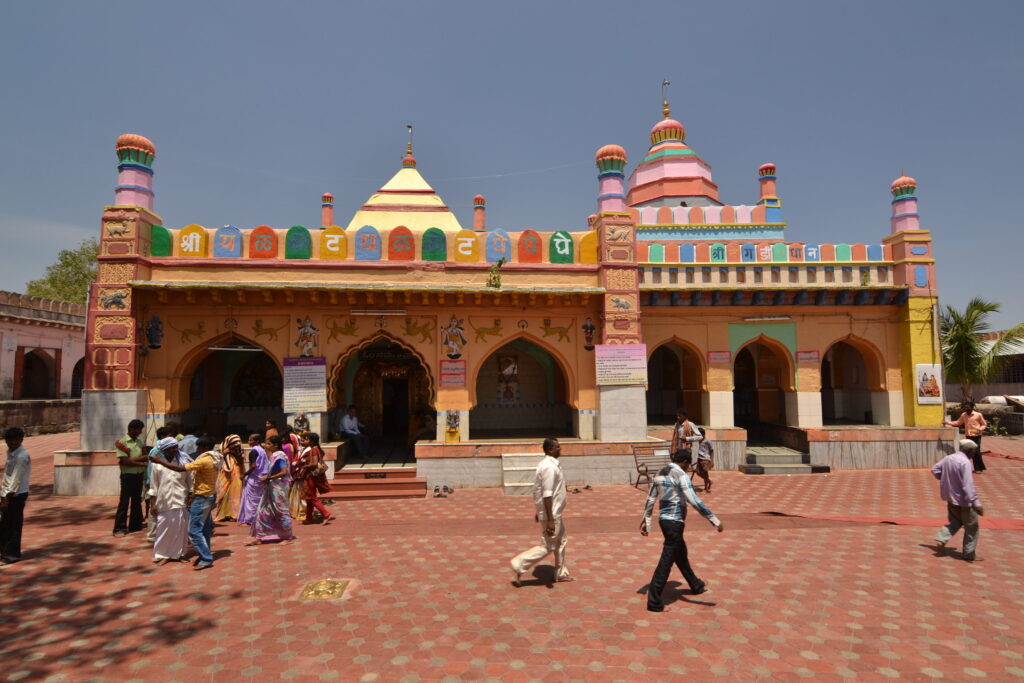
Mangsulli (Belgaum)
Discipline During Worship
During Champa Shashthi fasting, devotees avoid non-vegetarian food, alcohol, and other undesirable practices, maintaining a serene atmosphere at home. Observing family traditions and maintaining purity during the festival are emphasized.
History and Mythology
The history and mythology of Champa Shashthi are deeply intertwined with the tales of Khandoba’s valor. Stories of his battles and his divine connection with devotees form the core of the festival’s spiritual narrative.
History and Mythology
Champa Shashthi is more than just a festival; it is a celebration of faith, tradition, and cultural heritage that binds communities together. Through the worship of Lord Khandoba, devotees find spiritual fulfillment and strength to overcome challenges in life, just as the deity vanquished the demons Mani and Malla.
The festival’s unique rituals, naivedya offerings, and Khandooba worship traditions reflect the vibrant legacy of Maharashtra and Karnataka, keeping centuries-old customs alive for future generations.
As we observe Champa Shashthi 2024, let us embrace its teachings of devotion, discipline, and unity. The chants of “Yelkot Yelkot Jai Malhar” remind us of the divine connection between Khandoba and his devotees, inspiring us to lead a life of virtue and gratitude.
Through this sacred celebration, may our lives be filled with joy, prosperity, and blessings from Lord Khandoba!
